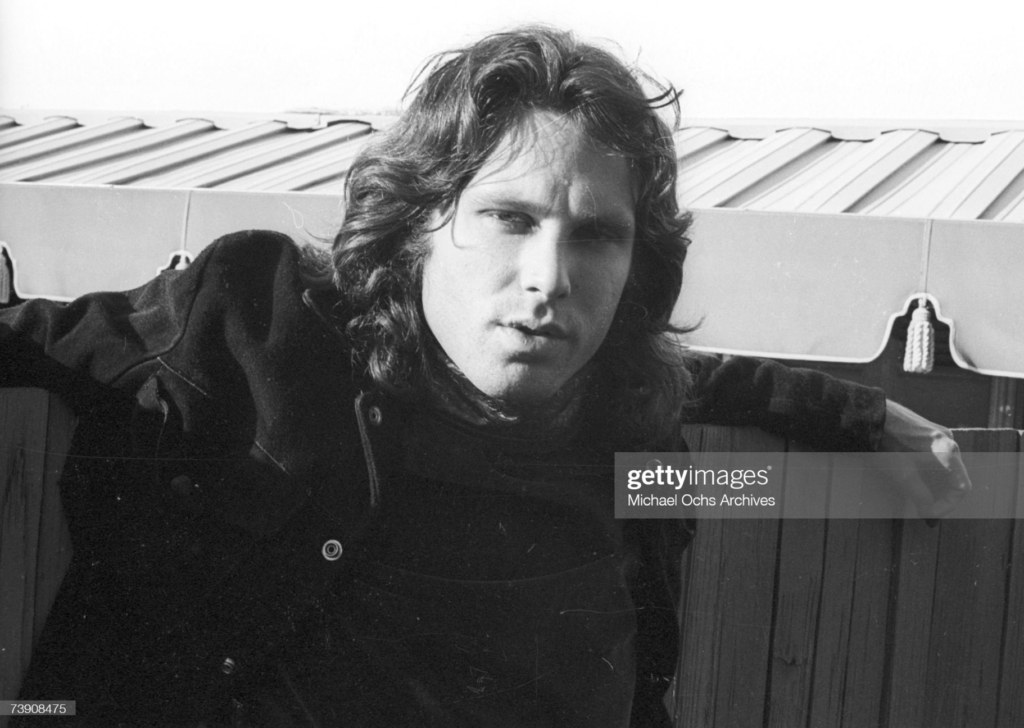Author: Paige Wilson
Trigger warning: substance abuse, suicide, gun violence
The 27 Club is, said by Rolling Stone, “the most elusive and remarkably tragic coincidences in rock & roll history.” It is an unofficial list of celebrities, primarily singers and musicians, who have passed away at the age of 27. Typically, these were artists who gained popularity quickly and had a very successful, fast-paced period of fame. Most died from drug overdose, suicide, or instantaneous freak accidents, like Jim Morrison’s heart failure in Paris in 1971. This “club” first gained suspicion after the death of Kurt Cobain in 1994 when fans started to connect his death to the death of Jim Morrison, Janis Joplin, Brian Jones, and Jimi Hendrix. These were icons of the early 1970s who had died within 2 years of each other, and all at the age of 27.

Many of these so-called legends died from a drug overdose, like Jeremy Micheal Ward and Allan Wilson, both American musicians. The drug problem of the 1960s and ’70s took a toll on and even ended many people’s lives. The 1960s was an era of hippies smoking marijuana, rising interest in psychedelics like LSD, and illegal hard drug use by unparented kids. Even though marijuana is not scientifically proven to be physically addictive, this was the beginning years of the “psychologically addictive” marijuana epidemic. The government used scare tactics in an attempt to frighten people away from drugs, but in the 1970s, they only got more glamorous. The percentage of people who admitted to trying drugs was constantly rising throughout the decade. Even though people acknowledged the health hazards of smoking cigarettes, drinking alcohol, and use of marijuana and other drugs, the problem continued to flourish. Most drug possession and intake policies did not get signed into law until the mid-1980s. But even with anti-drug policies, celebrities had access to many hard-to-find hard drugs, such as heroin, which killed Janis Joplin and Kristen Pfaff.

One of the earliest members of The 27 Club is Robert Johnson, a musician in the 1930s. According to The Great Frog, he “allegedly sold his soul to the devil at the local crossroads to master his instrument.” At 19, he had developed unique techniques and engaged Satan in many of his songs, directly addressing Satan by saying “Hello Satan.” In a blog post, Amber Blaize writes about how conspiracies across the globe that “stars made a satanic pact and sold their souls for talent and fame and that the debt would be paid in their 27th year of age” only fueled the pondering ideas about the engagement of the Illuminati and satanic ideologies assisting the rise to fame for many of these stars.
Many well-known names are a part of The 27 Club. Amy Winehouse, for example, lived a chaotic lifestyle that came with a lot of media attention, which eventually affected her mental health and caused substance abuse issues. During her last performances, there is visibly something wrong with her mannerisms and she presented a “dead-inside” version of her once-lively personality. She was found dead, the cause of death being alcohol poisoning, in London a little less than 2 months before her 28th birthday. Why then? Why at age 27? Similarly, Kurt Cobain, a member of Nirvana, suffered from chronic pain, alcoholism, depression, and substance abuse issues. The immediate speculation following his death on April 5th, 1994 was that he was killed, when, in fact, it was Cobain who killed Cobain.

Only a few of these big names died within my lifetime, but drug problems among celebrities are frequent today. Yahoo Entertainment discusses some of today’s drug-influenced deaths highlighting the deaths of “Lil Peep and Juice WRLD… at [age] 21…and Mac Miller … at 26.” Even though the idea of modern artists being a part of The 27 Club has withered, it does not mean artists, on average, are living longer. Young artists today are still dying at high rates, and although not all have died from drug use, the drug epidemic among celebrities continues to be prevalent even though we have watched the consequences unfold.
This is a heavy topic that has much more exploration to be done. But now, I leave you with some questions. Do you think the deaths of the 27 Club icons are a coincidence? Is it possible to “sell your soul” for fame? Who is an artist you think has “sold their soul” for fame? Do you think the managers or record label of these artists influenced their death? If you want to continue the discussion, please reach out to me at pwilson1@seattleu.edu.
PAIGE WILSON | KXSU DJ

